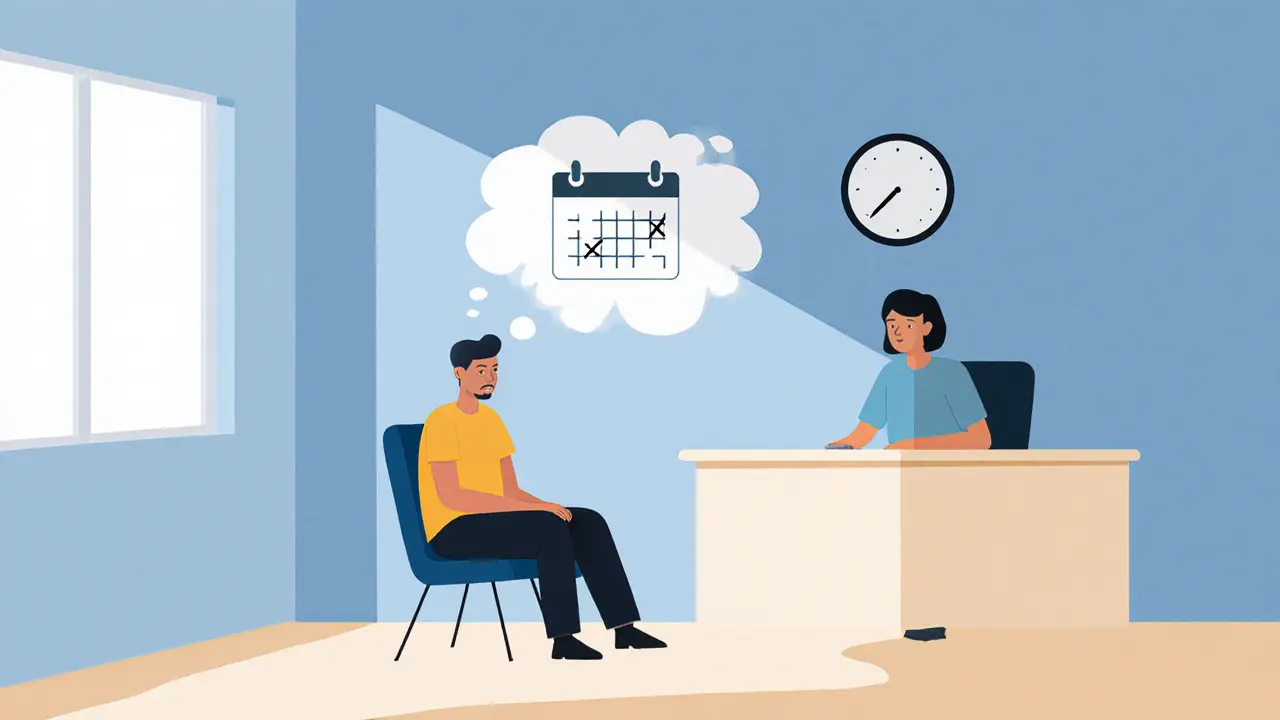Terapeutický vztah – základ úspěšné psychoterapie
When working with terapeutický vztah, je dynamický a vzájemný vztah mezi terapeutem a klientem, který umožňuje růst a změnu. Also known as terapeutická aliance, it forms the backbone of any psychotherapeutic process. A solid etika, sada profesionálních pravidel, která chrání integritu vztahu ensures that the partnership stays safe and respectful. Hranice, jasně definované limity mezi terapeutem a klientem, umožňují oběma stranám pracovat bez zbytečného stresu are a direct consequence of ethical standards. Trust (důvěra, základní pilíř, který umožňuje otevřenost a sdílení citlivých témat) emerges when both ethics and boundaries are respected. These three elements – etika, hranice a důvěra – create a safe container for change, which is why we say that terapeutický vztah encompasses emotional safety, collaborative goal‑setting, and mutual respect.
Klíčové faktory, které formují terapeutický vztah
Every effective psychotherapeutic encounter starts with a clear klient, osoba, která hledá podporu a změnu and a qualified terapeut, profesionál, který řídí proces a poskytuje nástroje. The relationship requires active listening, empathy, and consistent feedback – skills that are taught in therapist training programs. When the therapist respects the client's autonomy, the therapeutic alliance strengthens, leading to better outcomes. Research shows that when boundaries are clear, clients report higher satisfaction, and when ethical breaches occur, the alliance is damaged. Thus, the therapeutic relationship demands continuous self‑reflection from the therapist, as well as transparent communication with the client.
Below you will find a curated collection of articles that dive deeper into each of these aspects. We cover how to maintain ethical standards, navigate boundary issues, build trust, and understand the roles of both client and therapist. Whether you are a seasoned professional or someone curious about what makes therapy work, the posts ahead provide practical insights, real‑world examples, and actionable tips to improve your own therapeutic relationships.









